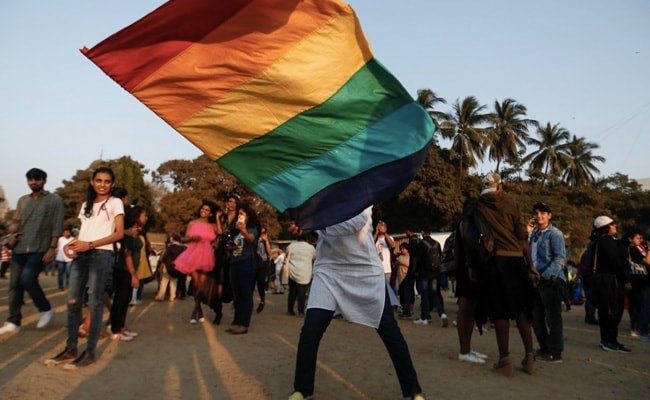Free Courses Sale ends Soon, Get It Now


Free Courses Sale ends Soon, Get It Now



Disclaimer: Copyright infringement not intended.
Context
Details
Arguments in favour
Arguments in protest
Centre’s Argument:
Important Supreme Court Decisions:
Conclusion
There is the need for an anti-discrimination law empowering the LGBTQ community to live and form relationships freely, irrespective of gender identity or sexual orientation. The onus of change should be on the state and society, rather than on the individuals.
|
PRACTICE QUESTION Q. Discuss the key legal and societal implications of the ongoing debate surrounding the recognition of same-sex marriage in India. What are the major arguments presented by both proponents and opponents of same-sex marriage, and how do they reflect the broader societal values and constitutional principles of the country? (250 Words) |
© 2024 iasgyan. All right reserved